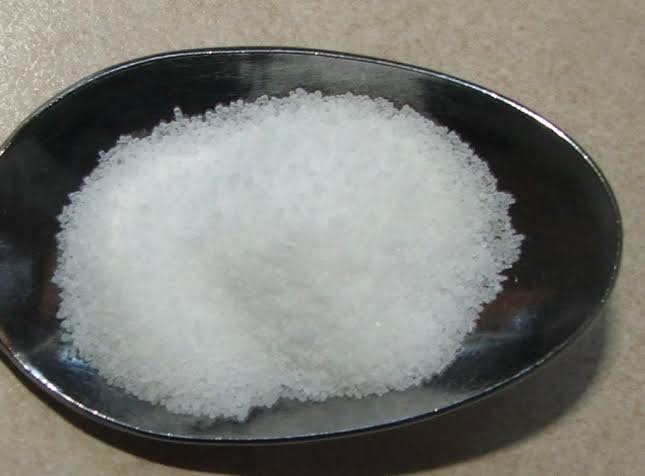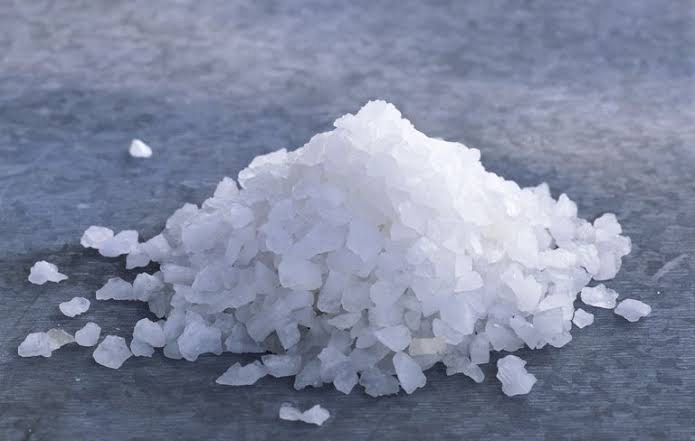Sodium chloride, commonly known as table salt, is a staple in every household and a key ingredient in various industries, including food, medicine, and cosmetics. While its culinary uses are well-known, sodium chloride also has significant effects on the skin. This article delves into the benefits and potential drawbacks of sodium chloride in skincare, examining how this ubiquitous mineral interacts with the skin.
Composition and Properties
Sodium chloride is a crystalline compound composed of sodium and chloride ions. It is naturally occurring and abundant in seawater and mineral deposits. Its properties, including its ability to dissolve in water and act as a preservative, make it a versatile ingredient in numerous products.
Benefits of Sodium Chloride for the Skin
Exfoliation
One of the primary benefits of sodium chlorides in skincare is its exfoliating properties. When used in scrubs and cleansers, the coarse texture of salt crystals helps to physically remove dead skin cells, revealing smoother, brighter skin underneath. Regular exfoliation can improve skin texture, enhance absorption of other skincare products, and promote a more even skin tone.
Antimicrobial Properties
Sodium chloride has natural antimicrobial properties, making it effective in inhibiting the growth of bacteria and fungi. This is particularly beneficial for acne-prone skin, as it can help reduce the incidence of breakouts and infections. Salt solutions are often used in treatments for minor wounds and infections due to their ability to cleanse and disinfect.
Hydration and Mineral Balance
While it may seem counterintuitive, sodium chloride can aid in skin hydration when used in appropriate concentrations. In products like bath salts and saline solutions, it helps to draw moisture to the skin’s surface and maintain the skin’s natural moisture balance. Additionally, salts derived from mineral-rich sources, such as sea salt or Himalayan salt, contain trace minerals like magnesium, calcium, and potassium, which can nourish and rejuvenate the skin.
Detoxification
Salt baths and salt-based skincare treatments are known for their detoxifying effects. Soaking in a salt bath can help to draw out impurities and toxins from the skin, reduce inflammation, and promote relaxation. This detoxification process can also aid in soothing conditions like eczema and psoriasis, providing relief from itching and irritation.
Potential Drawbacks and Considerations
Skin Irritation and Sensitivity
While sodium chlorides can be beneficial, it can also cause irritation and dryness, particularly for individuals with sensitive or dry skin. High concentrations of salt can disrupt the skin’s natural barrier, leading to dehydration and irritation. It is essential to use products with appropriate concentrations of sodium chlorides and to follow up with moisturizers to maintain skin hydration.
Over-Exfoliation
Excessive use of salt-based exfoliants can lead to over-exfoliation, resulting in a compromised skin barrier, redness, and increased sensitivity. It is crucial to use these products in moderation and to listen to your skin’s needs, adjusting the frequency of use as necessary.
Allergic Reactions
Although rare, some individuals may experience allergic reactions to sodium chloride or other components in salt-based products. Symptoms can include redness, itching, and swelling. Conducting a patch test before using a new product can help prevent adverse reactions.
Uses of Sodium Chloride in Skincare Products
Sodium chlorides are found in a variety of skincare products, each leveraging its unique properties:
– Exfoliating Scrubs: Combined with oils or creams, salt crystals provide effective physical exfoliation.
– Cleansers: Sodium chloride is used to enhance the cleansing action and to add a mild abrasive quality.
– Bath Salts: Used for their relaxing, detoxifying, and mineral-replenishing effects.
– Toners and Serums: In low concentrations, sodium chlorides can act as a preservative and enhance product stability.
– Acne Treatments: Leveraging its antimicrobial properties, sodium chloride can help reduce acne-causing bacteria.
Sodium chloride, though often overlooked, plays a significant role in skincare due to its exfoliating, antimicrobial, and detoxifying properties. When used correctly, it can enhance skin health and appearance by promoting cell turnover, fighting bacteria, and maintaining hydration. However, it is essential to be mindful of its potential to cause irritation and dryness, especially for sensitive skin types. By understanding the benefits and limitations of sodium chloride, consumers can make informed decisions and incorporate this versatile ingredient into their skincare routines effectively.


